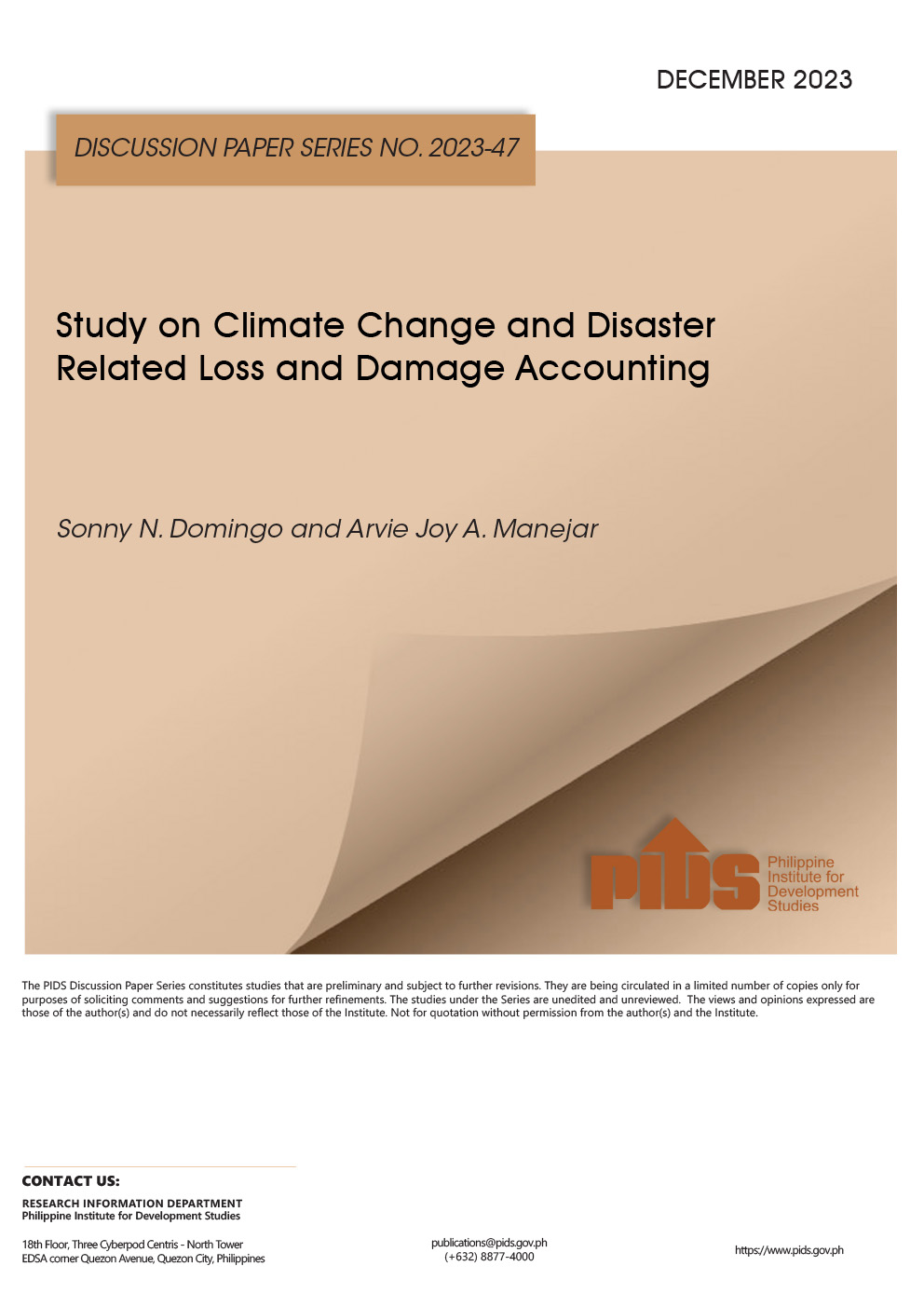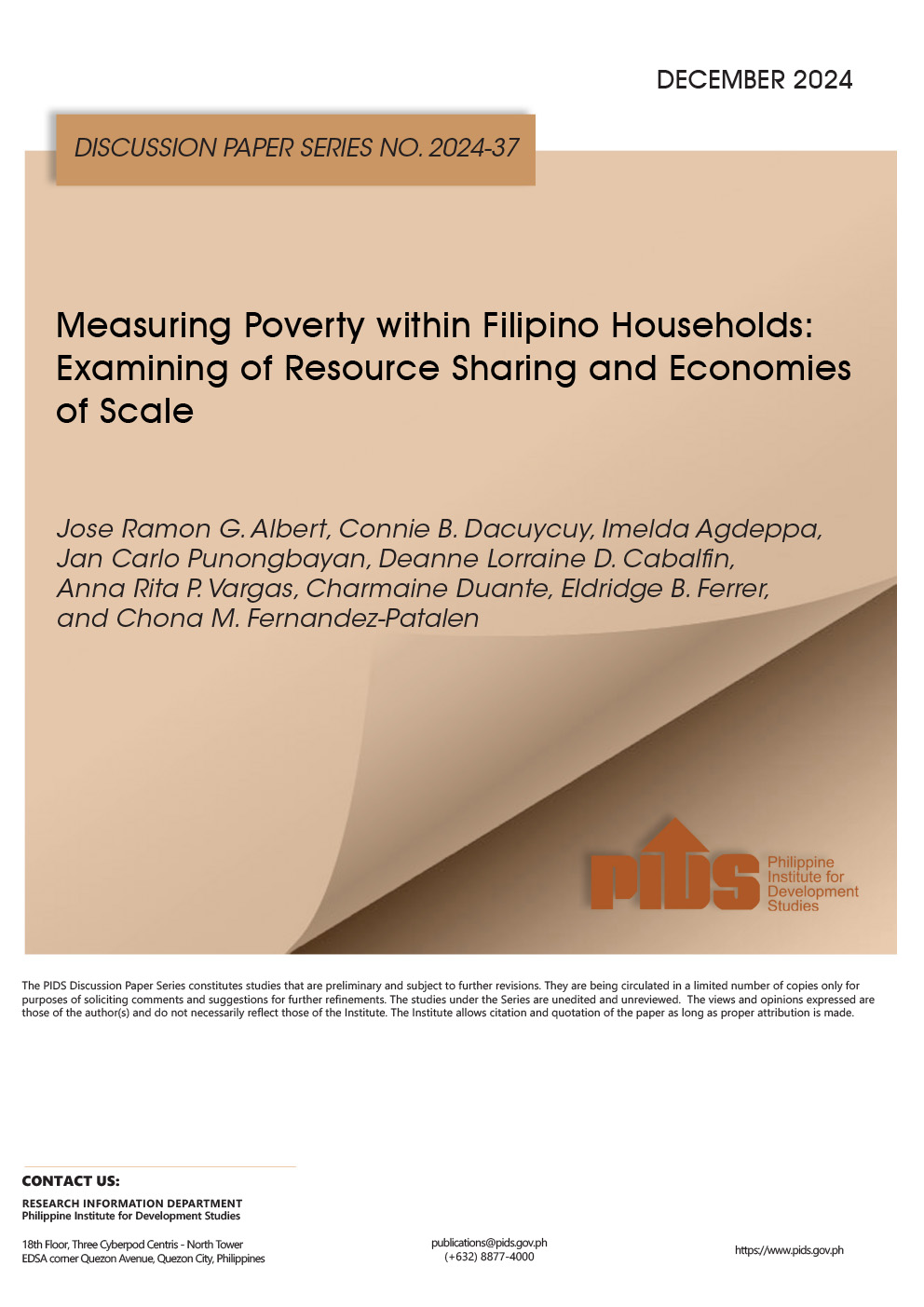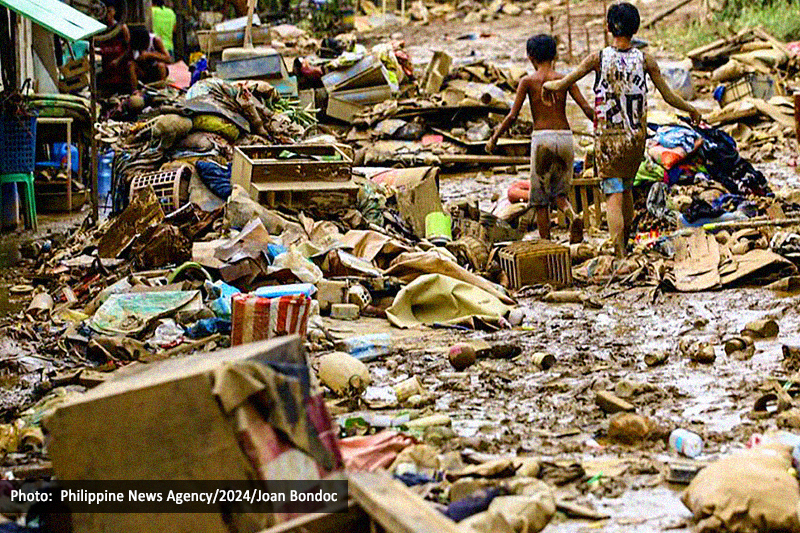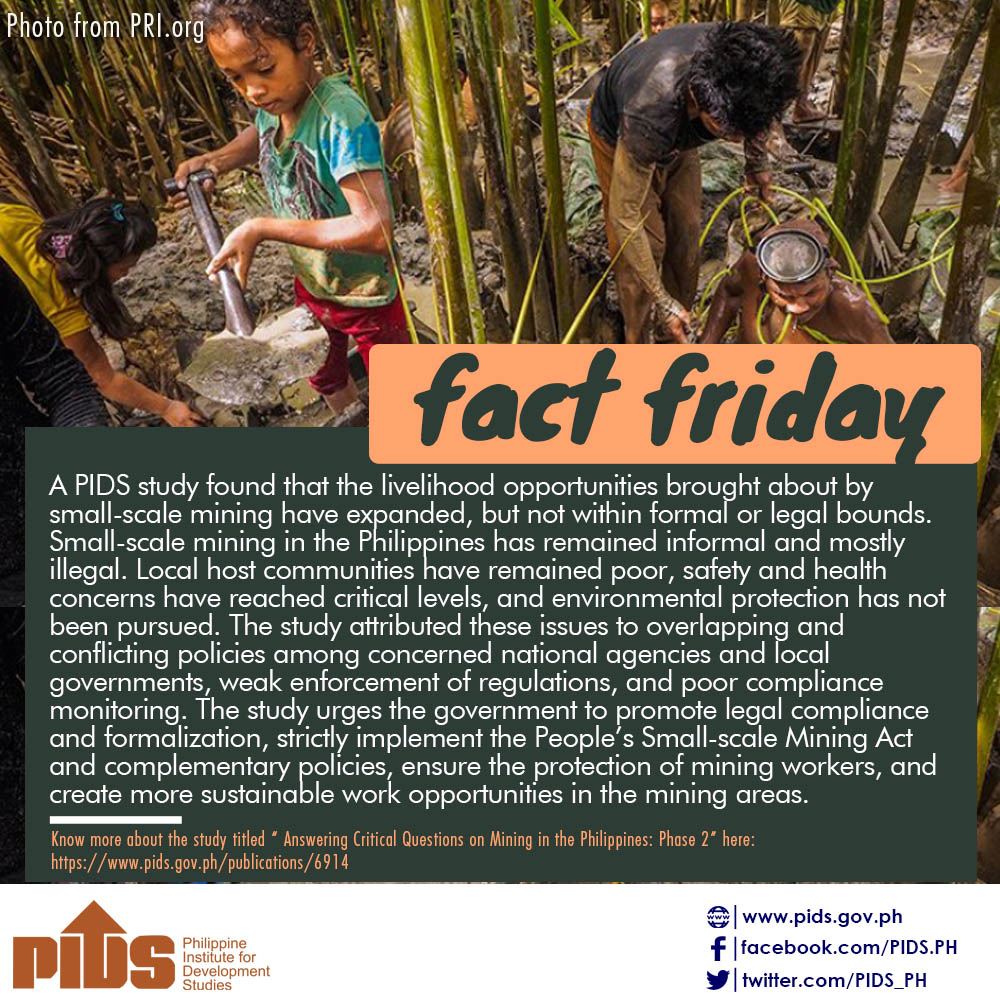THE GOVERNMENT has put the damage caused by a recent dry spell at P15 billion, saying destruction to agricultural lands was not as bad as what was seen during a similar episode in the 1990s.
Socioeconomic Planning Secretary Ernesto M. Pernia, in a speech he wrote but delivered by his deputy Rolando G. Tungpalan as he is in New York for the United Nations General Assembly, said the Philippines “survived one of the worst El Niño events, which ran from late last year until May 2016.”
“It affected almost eight million Filipinos, greatly impacting our economy and our environment. Damage to agriculture reached more than P15 billion in production losses,” read the speech delivered before a conference in Pasig City yesterday.
The recent El Niño episode is said to be the worst since 1998.
Agriculture contracted by 2.8% year on year in the first semester, sustaining a contraction that began in the second quarter of 2015, according to national accounts data.
The decline in crop output was softer than the contraction seen in 1998 that went by the double digits amid a severe dry spell. The sector suffered four successive quarters of decline in 1998, with second quarter of that year alone logging losses of 11.5% on year, according to national accounts data.
According to the latest Department of Agriculture data, the dry spell damaged 1.84 million metric tons (MT) of crops from February 2015 to July 2016 totaling P15.21 billion.
By value, that outpaces the 1.06 million MT recorded during the severe dry spell that hit the country in 1997-1998. Rice crops recorded the most losses with 491,237 MT valued at P7.22 billion. Some 510,457 MT of corn valued at P5.3 billion and 429,2014 MT of high value crops at P2.57 billion were destroyed.
However, in terms of affected area, Christopher V. Morales, director at the Department of Agriculture (DA) Field Operations Service, said the 1990s dry spell was significantly more damaging.
“In terms of area affected, worst pa rin ang 1997-1998 (the 1997-1998 El Niño was worst),” Mr. Morales said in a text message.
Total area affected was recorded at 556,721 hectares, 206,222 hectares of which were badly hit. By contrast, around 292,000 hectares of rice and corn fields were destroyed in the 1990s, according to data from the Philippine Institute for Development Studies.
The government said mitigation measures allowed it to keep the damage at bay, creating early on a task force that will prepare the nation against the calamity.
To recall, former President Benigno S. C. Aquino III approved on Dec. 11 last year the allocation of P19.2 billion for projects outlined in the Roadmap to Address the Impact of El Niño (RAIN).
The so-called RAIN fund was not released so the DA was advised instead by the Budget department to utilize its regular funds and the remaining P500 million quick-response fund for the 2015 period.
Since the onset of the dry spell in February last year, the DA had been conducting cloud-seeding as part of mitigation efforts.
It also distributed pump irrigation equipment to address water scarcity in vulnerable areas. --
Socioeconomic Planning Secretary Ernesto M. Pernia, in a speech he wrote but delivered by his deputy Rolando G. Tungpalan as he is in New York for the United Nations General Assembly, said the Philippines “survived one of the worst El Niño events, which ran from late last year until May 2016.”
“It affected almost eight million Filipinos, greatly impacting our economy and our environment. Damage to agriculture reached more than P15 billion in production losses,” read the speech delivered before a conference in Pasig City yesterday.
The recent El Niño episode is said to be the worst since 1998.
Agriculture contracted by 2.8% year on year in the first semester, sustaining a contraction that began in the second quarter of 2015, according to national accounts data.
The decline in crop output was softer than the contraction seen in 1998 that went by the double digits amid a severe dry spell. The sector suffered four successive quarters of decline in 1998, with second quarter of that year alone logging losses of 11.5% on year, according to national accounts data.
According to the latest Department of Agriculture data, the dry spell damaged 1.84 million metric tons (MT) of crops from February 2015 to July 2016 totaling P15.21 billion.
By value, that outpaces the 1.06 million MT recorded during the severe dry spell that hit the country in 1997-1998. Rice crops recorded the most losses with 491,237 MT valued at P7.22 billion. Some 510,457 MT of corn valued at P5.3 billion and 429,2014 MT of high value crops at P2.57 billion were destroyed.
However, in terms of affected area, Christopher V. Morales, director at the Department of Agriculture (DA) Field Operations Service, said the 1990s dry spell was significantly more damaging.
“In terms of area affected, worst pa rin ang 1997-1998 (the 1997-1998 El Niño was worst),” Mr. Morales said in a text message.
Total area affected was recorded at 556,721 hectares, 206,222 hectares of which were badly hit. By contrast, around 292,000 hectares of rice and corn fields were destroyed in the 1990s, according to data from the Philippine Institute for Development Studies.
The government said mitigation measures allowed it to keep the damage at bay, creating early on a task force that will prepare the nation against the calamity.
To recall, former President Benigno S. C. Aquino III approved on Dec. 11 last year the allocation of P19.2 billion for projects outlined in the Roadmap to Address the Impact of El Niño (RAIN).
The so-called RAIN fund was not released so the DA was advised instead by the Budget department to utilize its regular funds and the remaining P500 million quick-response fund for the 2015 period.
Since the onset of the dry spell in February last year, the DA had been conducting cloud-seeding as part of mitigation efforts.
It also distributed pump irrigation equipment to address water scarcity in vulnerable areas. --








